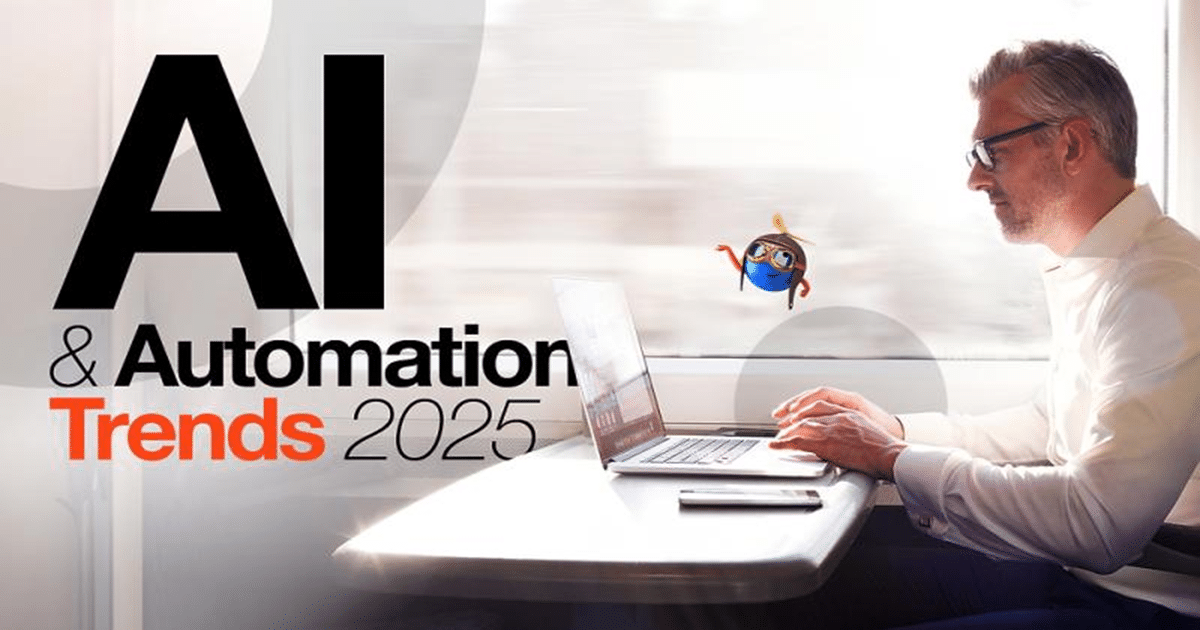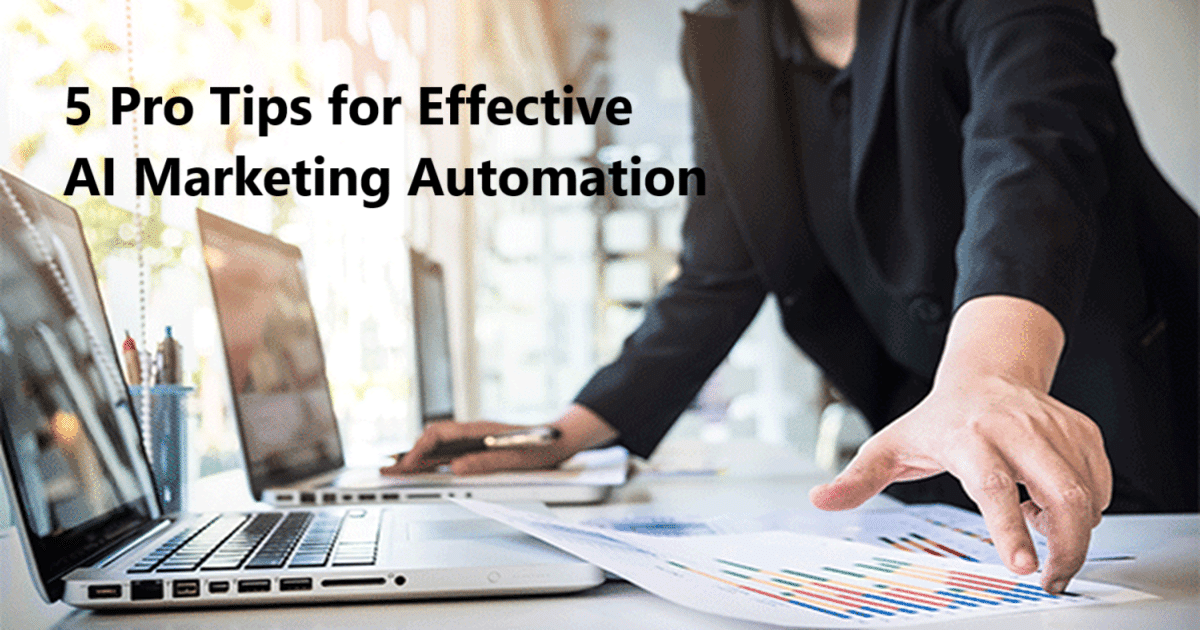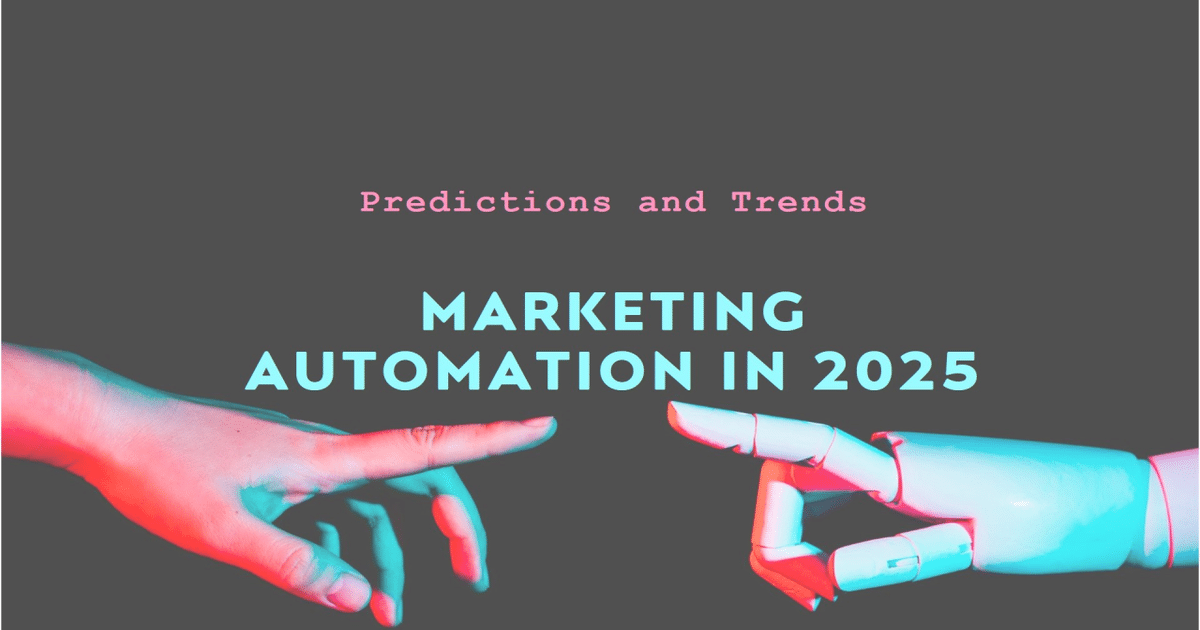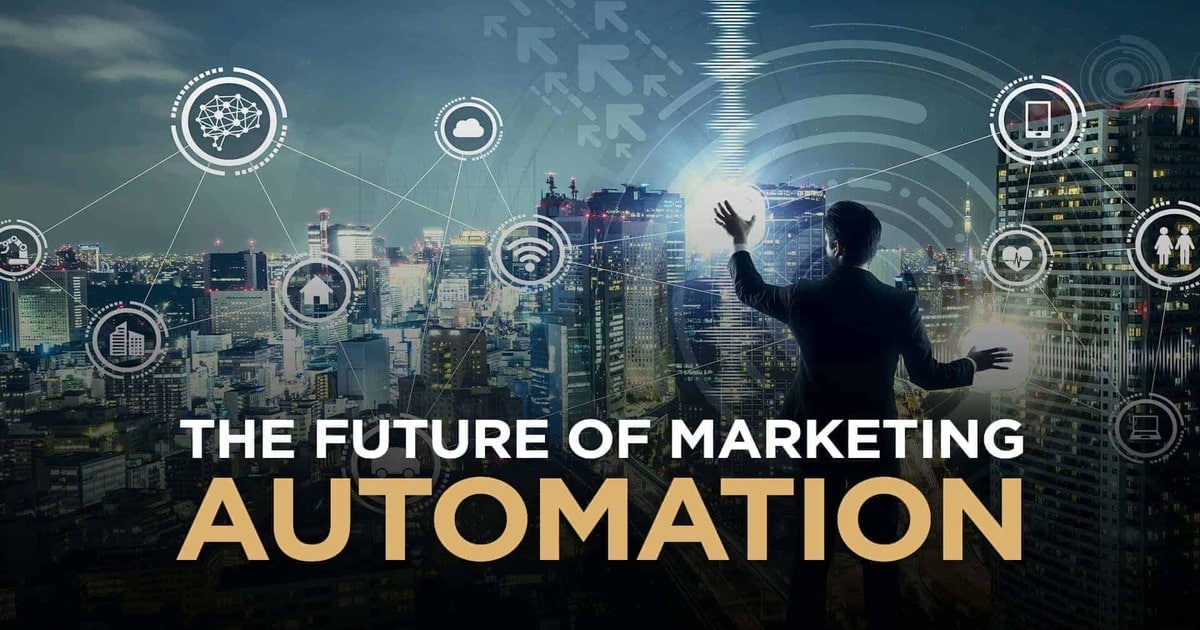Learn how artificial intelligence is changing entertainment with a Superlocal strategy—providing individual, real-time experiences that seem to have been created particularly for your area. Investigate hyperlocal media’s future right now.
To be fair, our screens have been inundated for years with trending material, worldwide charts, and streaming services. But recently, something is changing. You may have seen it as well. The material you are viewing seems… closer. More appropriate. Out of nowhere, your favorite playlist has a rising local musician. Your news app could also be aware of the two-block-away food truck festival. This is not happenstance; rather, it is the growth of Superlocal entertainment.
This deep dive will look at how artificial intelligence (AI) is pushing a new wave of “right where you are” material and experiences, why it matters more than ever, and what the Superlocal revolution means for creators, communities, and ordinary consumers like you and me.
What Does “Superlocal” Actually Mean? Beyond Local: Why “Superlocal” Is a Game-Changer
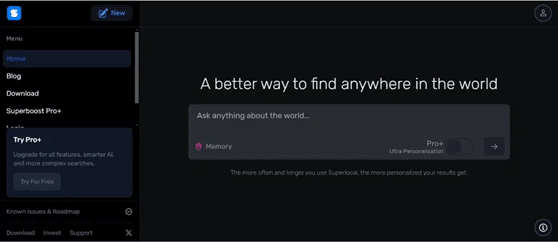
The phrase “local” has always been significant. We want for familiarity—our preferred café, the weekend farmers’ market, the vintage movie theater where we had our first date. Superlocal, on the other hand, goes one step further. It’s about context, timing, and significance as much as geography. A Superlocal experience is timely and hyper-personalized. It’s the comic who does crowd work depending on the neighborhood of the venue. It’s the musician who puts out a city-specific remix of a worldwide success. It’s the AI-generated event notification stating, “Hey, your favorite food truck is there too and there’s live jazz in the park 300 feet from you.” Superlocal is not the future. It’s already present. Artificial intelligence is the engine propelling it.
How artificial intelligence is making entertainment superlocal
The Technology Underlying the Magic
AI is the co-pilot of your daily content consumption, not a background utility. It monitors your emotional reaction (yes, really), real-time participation, geographic trends, and preferences. Its changing ordinary media into Superlocal experiences that seem custom-made by doing this.
Real-Time Material Personalization
Services such as Netflix and Spotify already employ artificial intelligence to suggest material. Newer systems, however, are already modifying what you see in real time by using real-time data streams—like your GPS location, local weather, and current topics in your city. Imagine strolling down a wet street and your music app queues a local musician with a gentle jazz vibe. That’s not sorcery. That is Superlocal AI.
Augmented and Mixed Reality in Your Area .Augmented reality (AR) and mixed reality (MR) experiences are becoming place-specific with the help of artificial intelligence. Imagine AR displays at bus stations telling historical narratives about your street or scavenger hunts linked to local sites. These are no longer only gimmicks; they are starting to be strong tools for immersive narrative.
Streaming and Live Events’ Superlocal Shift
From Global Platforms to Local Feeds
Streaming services are slowly embracing local taste. Netflix’s “Top 10 in [Your Country]” tool? That’s only the beginning. Think about tailored playlists featuring indie filmmakers or local podcasters as well as “Top 10 in Your ZIP Code.” Apps like Audiomack and SoundCloud already draw attention to local successes. The following action? Superlocal discovery layers—where algorithms push authors based on hyper-targeted audience segments, even down to your apartment building.
AI-Personalized Live Events
AI now enables event planners to make data-driven choices on where to travel, which communities to target, and what kind of experience individuals desire. A touring comic may change their routine from one city to the next. Based on the streaming history of the local crowd, musicians can utilize artificial intelligence to determine which songs to play. Virtual events are even growing superlocal; platforms are sending out tailored invites depending on area, language, or even local twitter lingo.
Superlocal & Social Media: What’s Trending Just Around the Corner Hyperlocal Algorithm Growth
Social networks have caught on. Though now it goes farther, TikTok’s algorithm already changes depending on your area. What appears might be affected by local terminology, neighborhood tags, and even the lighting in your films depending on time of day. Instagram’s “Map Search” function now lets you browse material pinned to a particular area, so transforming your neighborhood into a vibrant, dynamic content center.Snapchat Spotlight and YouTube Shorts are also experimenting with functionalities that give Superlocal relevancy top priority. Imagine posting a food review at a local cafe and having it appear for nearby individuals within minutes.
Why Superlocal Is Important More Now Than Ever
The Pandemic Altered Our Connections
Lockdowns made us aware that while local material keeps us anchored, global stuff is wonderful. The yoga session streaming from two streets away simply struck different. The neighborhood chef streaming a dish using components you can really locate at your corner shop? That was fantastic. This desire for closeness changed; it never disappeared. Superlocal is now turning into a sustainable business strategy rather than just a pandemic trend given increasing accessibility of AI solutions.
Digital doesn’t have to be far away
Ironically, the digital world formerly separated us from our environment. Superlocal turns that around. By adding personal, place-based stories into our digital lives, it connects the physical and digital. AI is anchoring digital in the here and now whether it’s a real-time walking tour, a location-based audio play, or a restaurant review that varies depending on the time you read it.
The Possibilities for Companies and Creators Transforming Superlocal Into Super Profitable
Superlocal platforms provide independent artists an advantage. You merely have to connect with the folks next door; you no longer have to fight with worldwide behemoths. A podcaster discussing the unusual past of your community. A YouTuber evaluating just nearby brunch places. A musician putting out singles with geo-targeting. We live in the era of macro-impact and micro-audiences.
Companies Getting It Correct
Local companies employing AI-driven marketing are experiencing amazing returns. Imagine a pizza restaurant sending a push notification about a “rainy day special” 10 minutes before the storm, driven by local data and artificial intelligence projections. That’s Superlocal marketing executed correctly. Bigger companies are also catching on. Among many others, Nike’s neighborhood-specific pop-ups, Spotify’s local artist displays, and Netflix’s testing of localized narratives stand out.
Ethical and Privacy Issues When Local Seems Too Near
Naturally, Superlocal AI is not all sunshine and pop-up art. Personalization and invasion are separated by a thin line. Data collecting, location tracking, and predictive behavior modeling all generate legitimate questions. Consumers are become more conscious; platforms ought to be open. Trust in the Superlocal age depends on opt-in policies, open data use justifications, and ethical artificial intelligence rules not only excellent practices.
Should you therefore accept Superlocal? Last Reflections
Let’s bring it home—actually. Superlocal entertainment is more than a catchphrase. It’s a reaction to a society that seems too large, too quick, too far away. It’s technology at last bending toward the daily individual in their actual setting. The greatest part is? You don’t have to be a techie or reside in a smart city to appreciate it. From a neighborhood TikToker you love to a local jazz concert appearing in your event feed, artificial intelligence is quietly operating behind the scenes restoring entertainment to your door. Embrace it, then. Take note of it. Perhaps even design for it.
The Superlocal future is not only close; it is now here.

